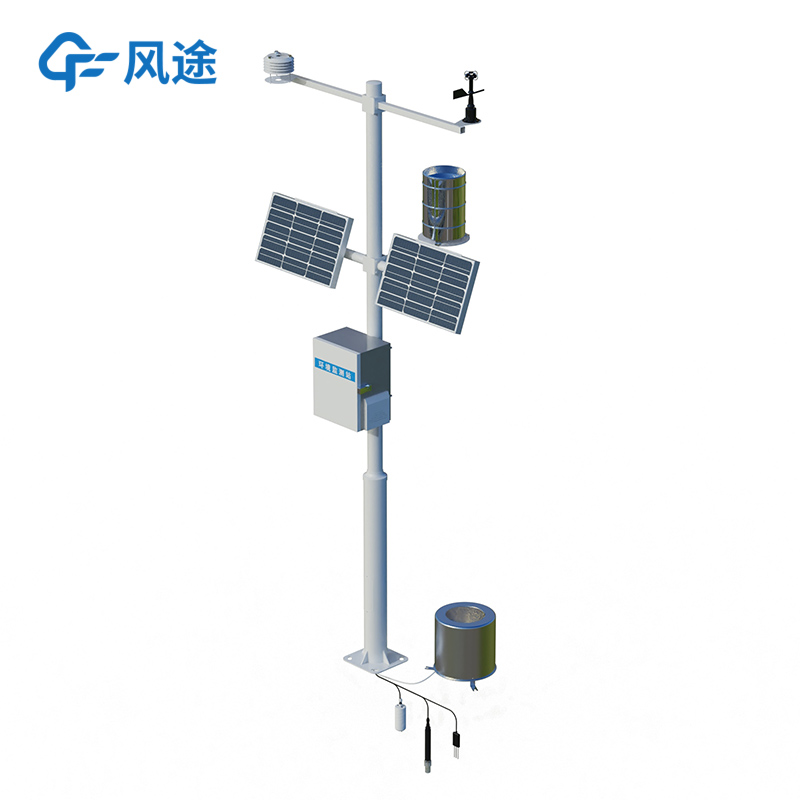In agricultural production, meteorological conditions are critical environmental factors affecting crop growth, yield, and quality. Traditionally, agricultural decisions have relied on regional, large-scale meteorological forecast data, which typically have spatial resolutions ranging from several kilometers to tens of kilometers, making it difficult to accurately reflect the actual meteorological conditions of specific plots. Due to differences in underlying surface factors such as topography, vegetation, and water bodies, significant spatial heterogeneity may exist in temperature, humidity, wind speed, precipitation, and other elements at the farmland scale. These small-scale climatic characteristics are referred to as "microclimate." To address the limitations of large-scale meteorological data in agricultural applications and achieve precision agricultural management based on specific plot environments, the Farmland Weather Station, as an on-site meteorological and environmental monitoring solution, has become increasingly important.
A Farmland Weather Station is a highly integrated automatic environmental monitoring system designed to continuously and automatically collect various meteorological parameter data at its deployment location.
The entire system consists of three parts:
Sensor Unit: This is the sensing end of the device, directly exposed to the environment. It includes temperature and humidity sensors for measuring air temperature and humidity, tipping bucket rain gauges for measuring rainfall, wind speed and direction sensors for measuring wind magnitude and direction, and light sensors for measuring sunlight intensity. Optional soil-inserted sensors are also available for monitoring temperature and moisture content in different soil layers.
Main Unit and Power Supply: Electrical signals collected by the sensors are transmitted to the main data logger. The logger processes, stores, and packages the data. Since the device operates in the field year-round, power is primarily supplied by solar panels combined with batteries, ensuring continuous operation even on cloudy and rainy days.
Data Transmission and Support Structure: Processed data is transmitted to cloud servers or users' computers and mobile terminals via wireless networks (such as 4G/5G or LoRa). The entire device is secured to the ground by a sturdy pole and bracket, capable of withstanding harsh weather conditions.
The main characteristics of this device lie in its professionalism, durability, and automation. The sensors provide agricultural-grade measurement accuracy; the housing offers high-level dustproof and waterproof capabilities, adapting to outdoor environments with intense sunlight, heavy rain, and low temperatures; the entire system requires no on-site personnel operation, enabling 24/7 data recording and remote transmission.
Users can view real-time data and historical trend curves through computer or mobile applications and set alarm thresholds. For example, when wind speed exceeds a set value or soil moisture falls below a standard, the system automatically sends alert messages.
It can provide accurate data basis for irrigation and fertilization decisions, achieve early warning of agricultural disasters such as frost, drought, and strong winds, and accumulate long-term, continuous field environmental data for agricultural scientific research.

Article address:https://www.sqqx.net/en/news/758.html

 +86 15898932201
+86 15898932201



